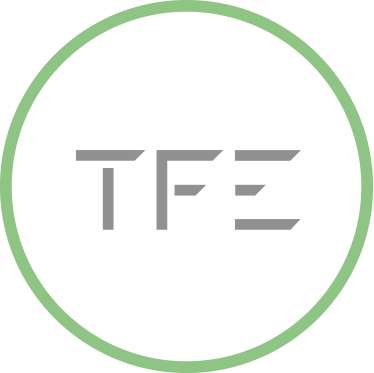Archives
Julian Eyre | published on 8th November 2017
The EC expects Securities Financing transaction reporting to start in 2019
The European Commission (EC) published their review of the securities finance market on 19th October 2017. This includes a report of the progress in international efforts to mitigate the risks associated with securities finance transactions (SFTs) and an assessment of the European SFT market. This report is required under SFTR and is used to report back to the FSB on the Commission’s progress in implementing the FSBs requirements around the SFT market. We give a summary here.
The report gives an overview of the importance of the SFT roles within the financial system and what activity is being seen around specific products and the driver for these, particularly bank funding, the increase collateralisation of OTC derivatives transactions and supply of collateral decreasing through credit deterioration. The EC review their progress for implementing the FSB requirements around STFs, and given an expectation that transaction reporting will commence in 2019.
They review the progress made in reporting of SFTs by UCITs in their annual / semi-annual reports and prospectuses, along with the collateral guidelines required by such funds, and the Capital Requirements Framework requirement for firms to establish collateral management units and the impact of MIFID II around the appropriateness and monitoring of collateral. In addition, the role of Solvency II in requiring insurance firms to follow the Prudent Person principles in order to engage in SFTs.
The report also discusses the use of SFTs to build leverage within the system, and the challenge of monitoring this given the lack of granular data available, and what tools are available to deal with this in different sectors, particularly the bank, insurance and CCPs sectors, and discusses the absence of European wide instruments aimed at curbing this build-up of leverage across all financial sectors. One tool considered is the use of haircut floors specific to SFTs, although this could in itself lead to procyclical effects, and the EC will consider this when SFTR reporting provides them with more granular data in order to assess it.
Finally, the commission plans to review the effectiveness of the SFTR reporting 2 years after the start of reporting. It will be interesting to see what that review leads to, particularly around haircut floors, leverage management and mandatory clearing, and if further legislation will follow.
http://ec.europa.eu/transparency/regdoc/rep/1/2017/EN/COM-2017-604-F1-EN-MAIN-PART-1.PDF



